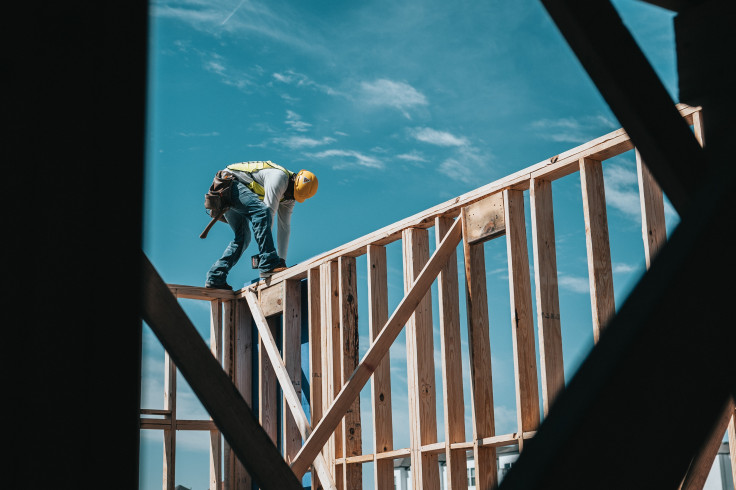
Latino workers across the U.S. southwest are still battling the heat, as parts of inland California, Texas and Florida experience "dangerously hot" conditions with triple-digit temperatures, according to data by the National Weather Service.
Marcos Zamora, a laborer who has been working in agriculture for several decades in San Jose, California, told Telemundo that the number of hours he can work outdoors at the moment merely depends on his ability to withstand the heat.
"If you don't feel a heat stroke and there are no other problems, you can stop every two hours and then continue. It depends on each person's endurance," he said.
Together with his brothers, migrants from El Salvador, they are preparing for a summer with higher-than-usual temperatures. "When the temperature goes above 100 (degrees farenheit), it's a bit difficult to, but I'm used to continue working. If we feel tired, we drink a little water and keep going," said José Zamora.
A heat dome that's been shattering record temperatures in Mexico and Central America for weeks has now spread to the aforementioned region of the country. The heat is expected to decrease after Friday, but it may not go away completely.
Currently, there are no federal regulations to protect outdoor workers, such as those in construction or agriculture, from extreme heat and humidity nationwide.
In fact, some states oppose this type of policy. Florida, which was also under heat advisories on Friday, recently passed a law that prevents cities and counties from enacting their own extreme heat protections.
The legislation, signed in April by Gov Ron DeSantis, is known as House Bill 433. It prohibits local governments from requiring employers to provide workers with things like water breaks or advance notice of their work schedules.
The law disproportionately affects Latino workers, who make up a large portion of the outdoor labor force, advocate organizations have said.
Texas has recorded 42 heat-related deaths on the job since 2011, more than any other state, according to U.S. Bureau of Labor Statistics data, cited by the Texas Tribune.
However, as of last September, a local bill signed into law by Governor Greg Abbott removes local ordinances requiring water breaks for outdoor workers, so safety depends on workers being trained in self-care, supervisors learning to spot symptoms of heat stress, and employers' willingness to provide breaks.
In California, lawmakers are now set to vote on rules aimed at protecting indoor workers from extreme heat, a measure that could benefit schoolchildren as teachers are included in it.
If approved, employers would have to provide relief to workers in places like warehouses, kitchens and other places that could heat up to dangerous levels. As classrooms are included, students can benefit from the rules applied to teachers, custodians and cafeteria workers.
© 2025 Latin Times. All rights reserved. Do not reproduce without permission.





